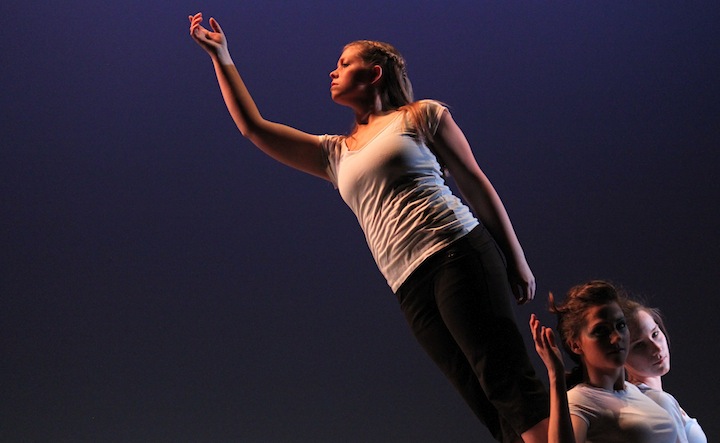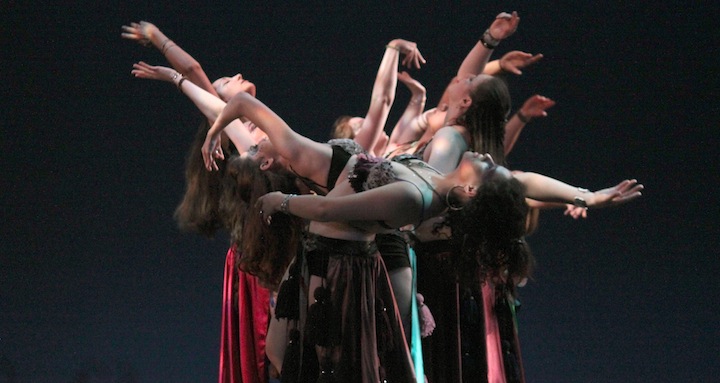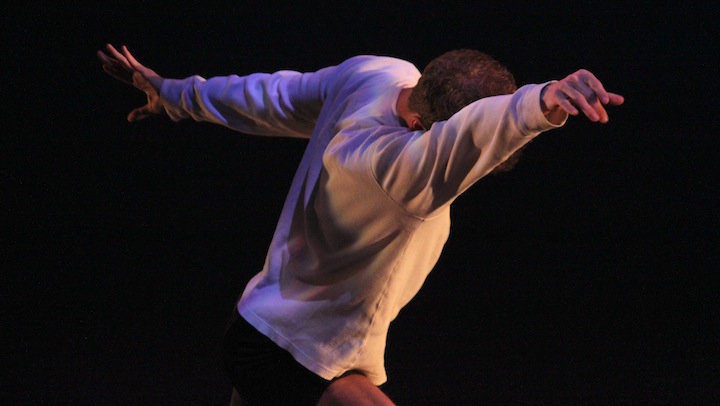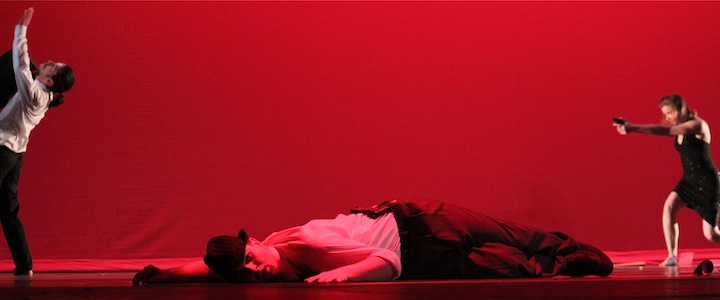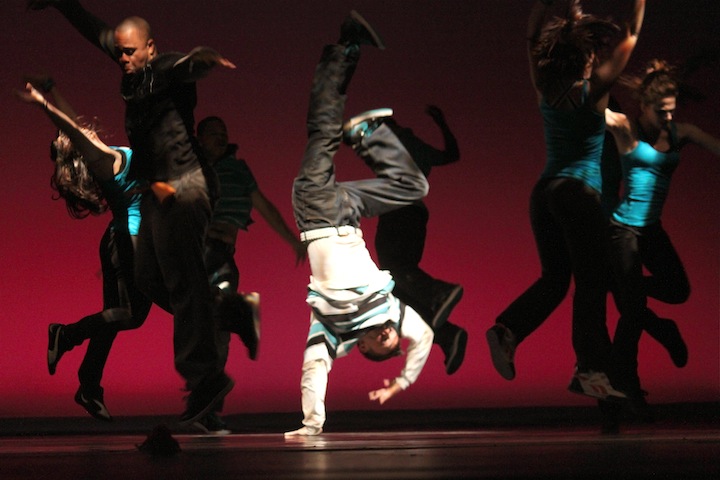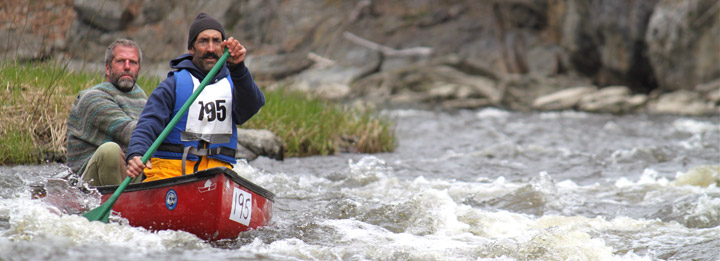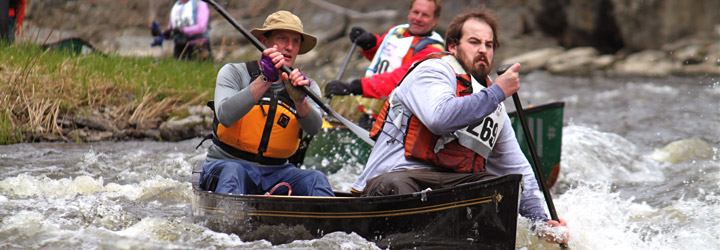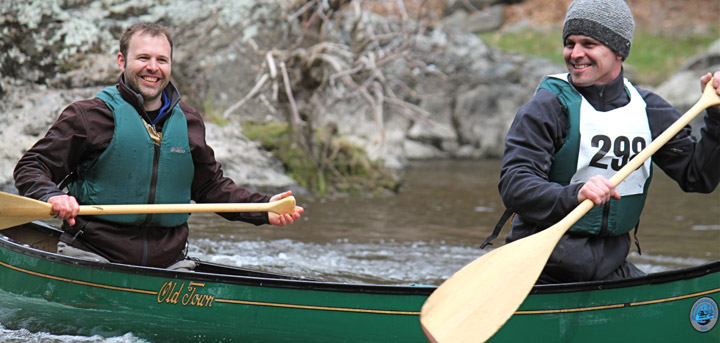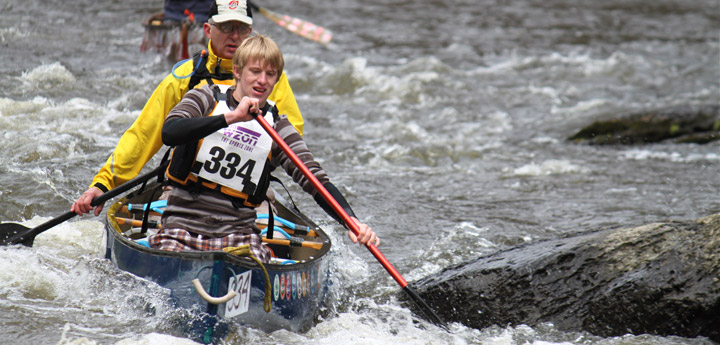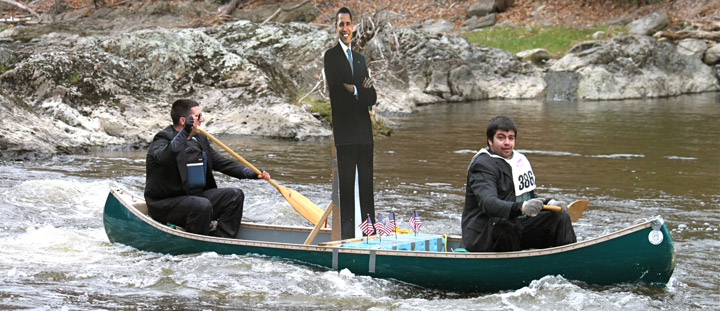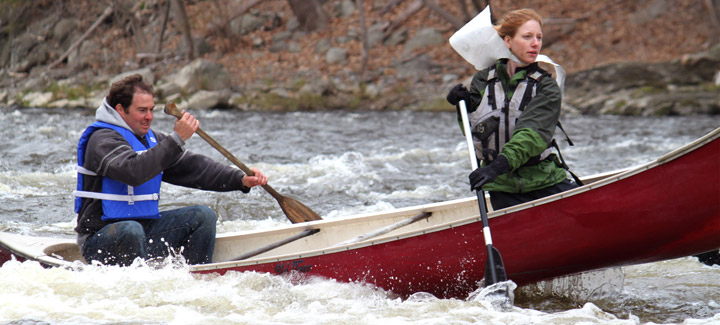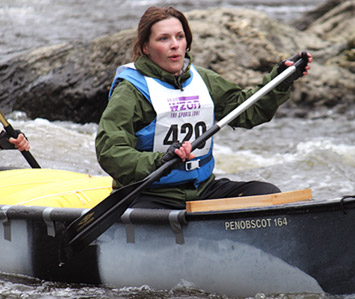The Maine gubernatorial primary is coming up next week, and there’s been a lot of debate between the candidates on a host of issues. Here’s what it will take for one to earn my vote. Where possible, I’ve tried to include the candidates’ positions on the issues.
- I won’t vote for you if you don’t support gay marriage.
The Democratic candidates have all supported gay marriage; Peter Mills is the only Republican candidate who does the same. It should be noted, though, that Jacobson has gone on record saying that the establishment of marriage should be kept in churches for both heterosexual and homosexual couples, and that the law should only use civil unions for both. I’d support this, too, although I’d think it’d be a much less popular view among voters. - I won’t vote for you if you think creationism should be taught alongside science.
Science class should be used to teach scientific principles like evolution. I’m open to the option, as Jacobson has said on multiple occasions, to “teach creationism in philosophy class,” but I believe it’s best left to individual religions to teach. Among the Republicans, Mills, Abbott, and Otten think they should be separate. - I’m less likely to vote for you if you support nuclear power.
Yes, I know the technology has come a long way. But we’re not there yet. Though I still have reservations about safety, my major concern is disposal; we need a solid plan for technology adoption and waste storage before we pursue new development. Most of the Dems oppose it, but Scarcelli is “open” to the idea. The Republicans all support it at some level. - I’m much less likely to vote for you if you support offshore drilling.
Forget you’ve even heard the name Deepwater Horizon; offshore drilling is just a stupid idea. Does exposing and collecting a toxic substance in the same region as a rich fishery really make sense to anyone? No. Oil and water don’t mix. I have to hand it to Beardsley, LePage, Otten, and Poliquin for sticking by their support of it through the tragedy, but it’s still a stupid position. - I’m more likely to vote for you if you support biomass or offshore wind.
McGowan has really been pushing for biomass, and I think that’s something to watch. The Democrats (surprise, surprise) seem to unanimously support renewable energy. The Republicans are a little less enthusiastic about renewables, but some (including Otten) support it. - I’m much less likely to vote for you if you think there should be an abortion ban in law.
I don’t particularly mind if a candidate personally opposes abortion; I just don’t think it’s the government’s place to regulate it. The Democrats all agree with this, as do Mills and Otten. - I won’t vote for you if you don’t use Twitter.
I know it seems petty, but honestly, if a candidate (or someone on his staff) doesn’t use Twitter, I don’t think they have a good grasp of current technology, and technology is crucially important to Maine’s future. Luckily, all of the major party candidates have Twitter accounts. (Bonus points go to candidates who have a plan to expand broadband access around Maine.)
MPBN’s Your Vote 2010 is a great resource for finding information about the candidates. Try to find a candidate who matches your priorities.
